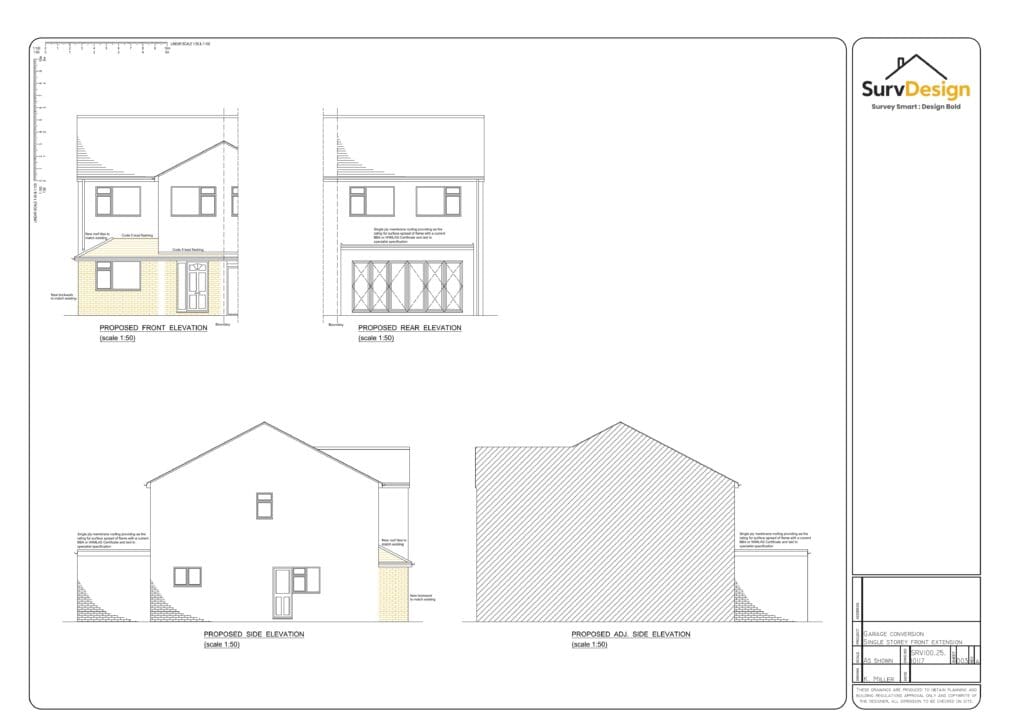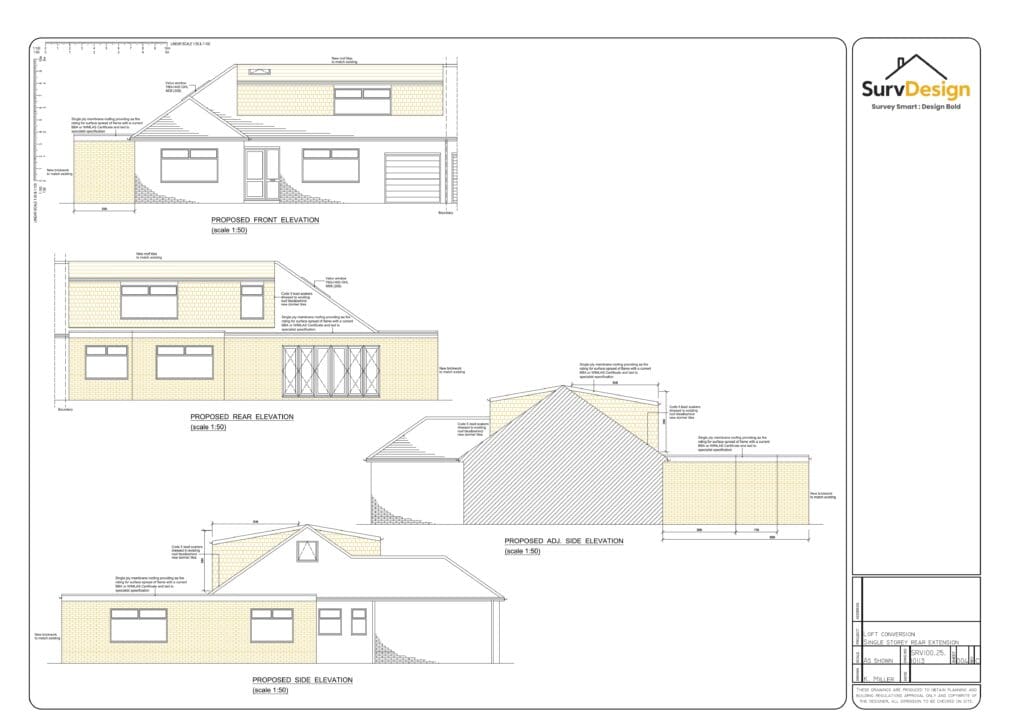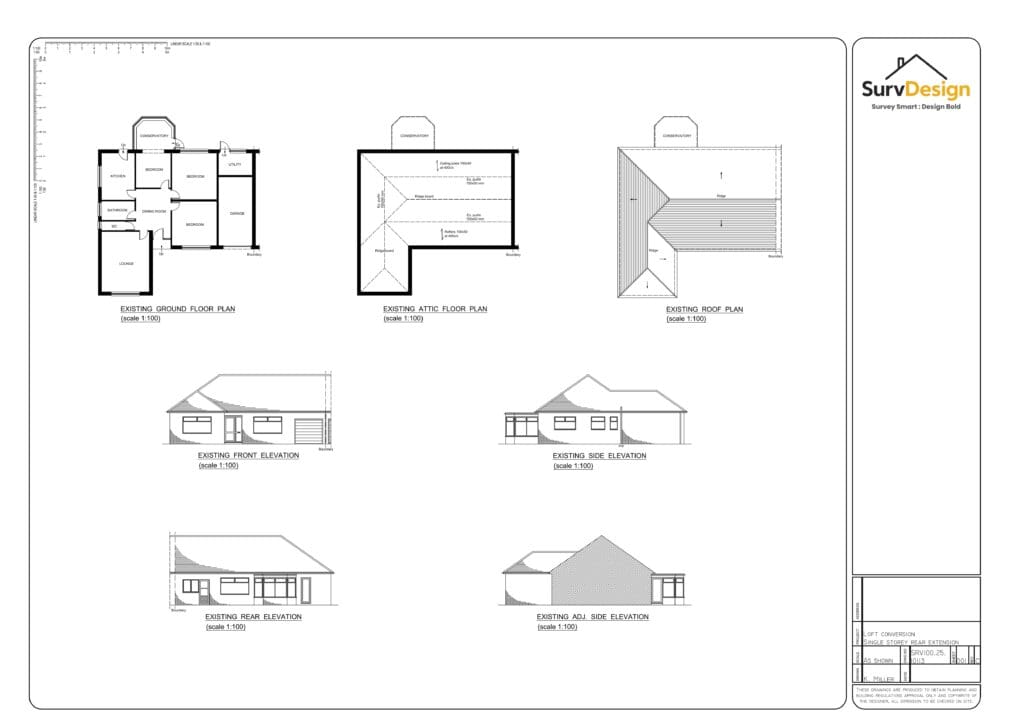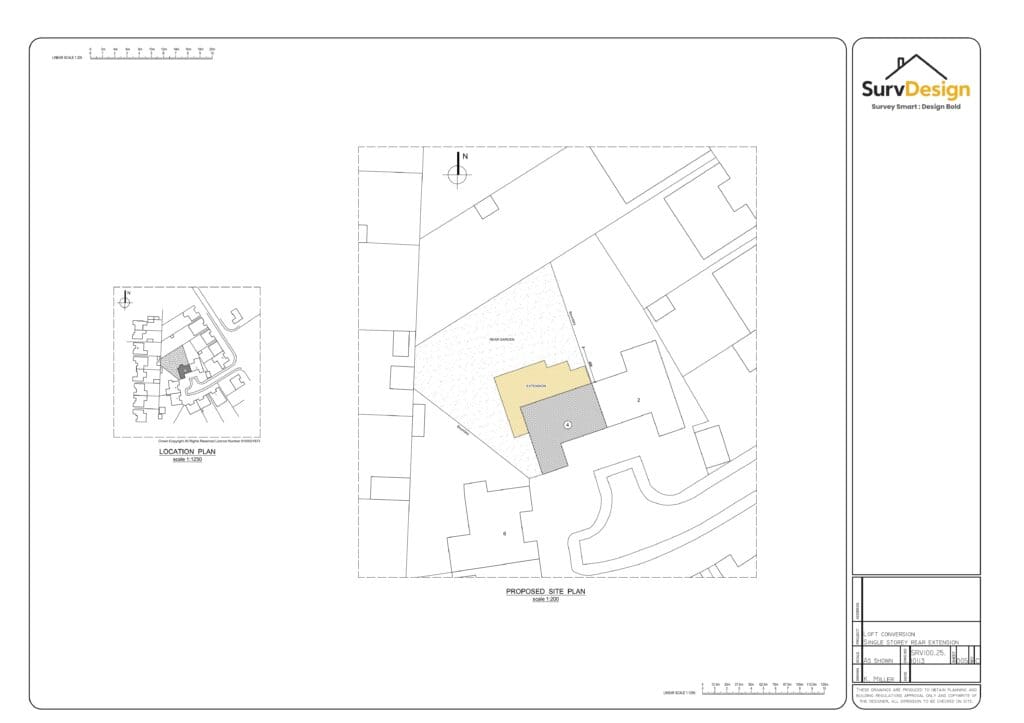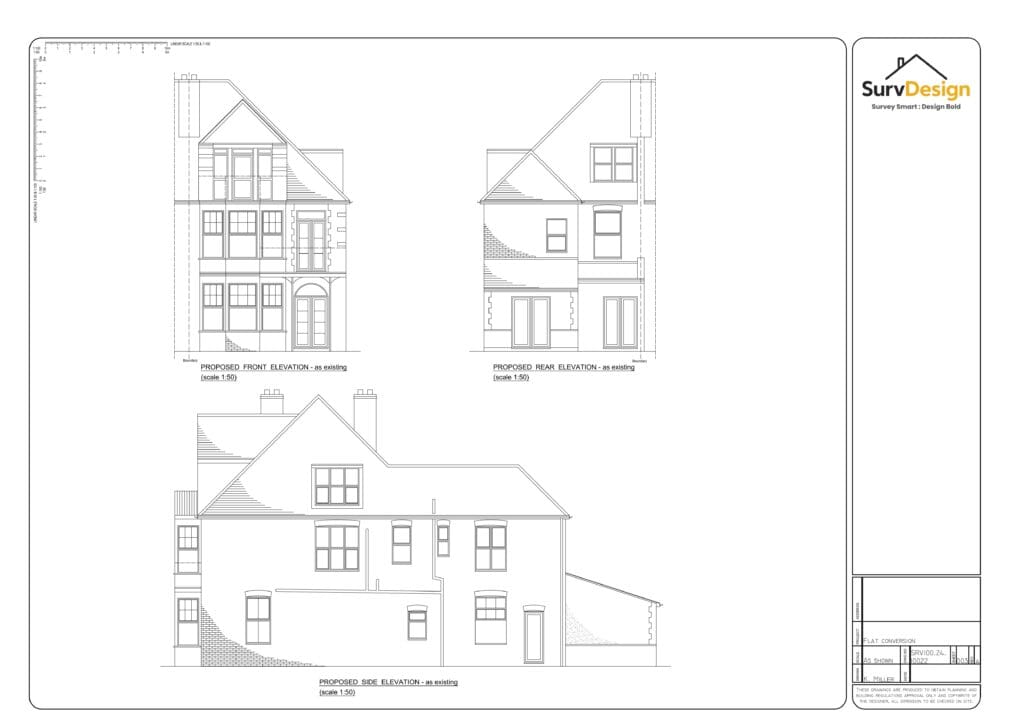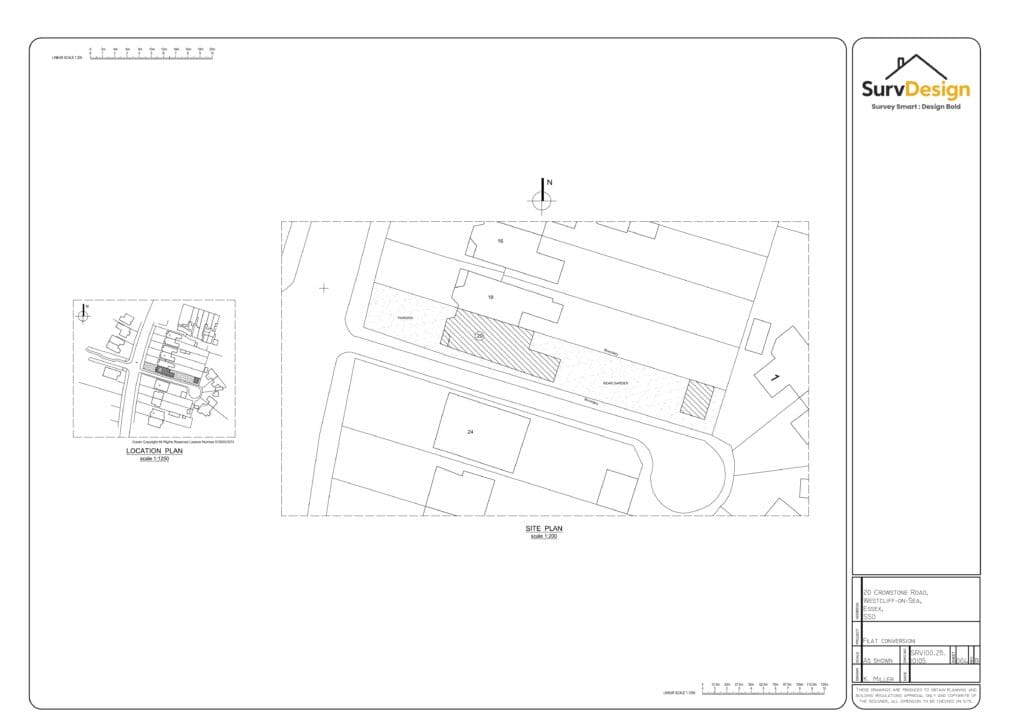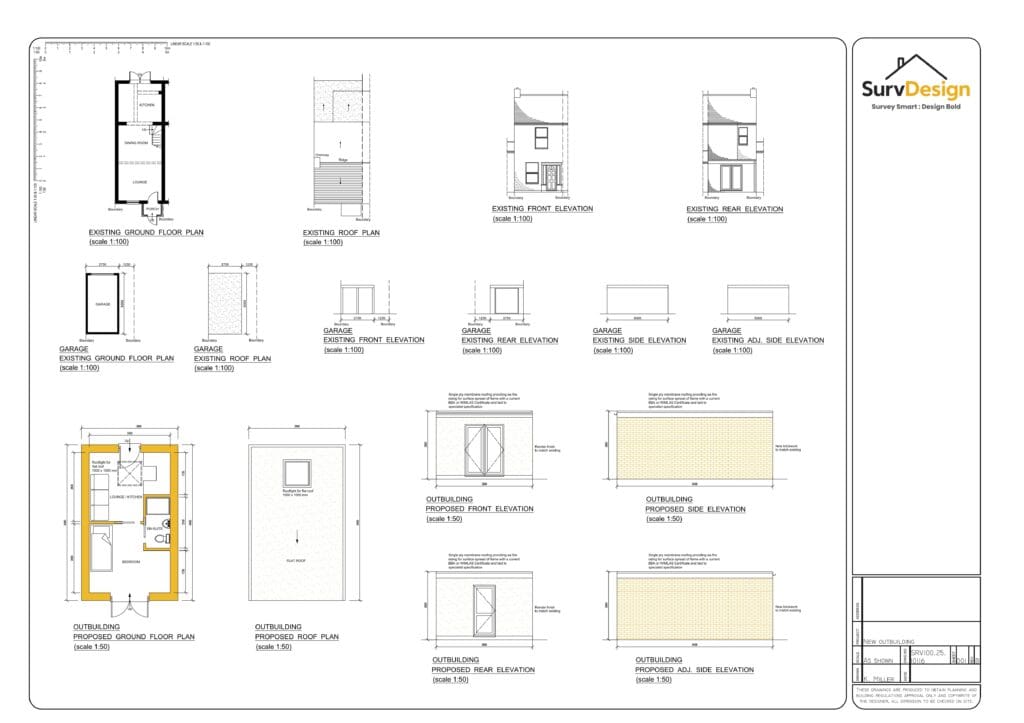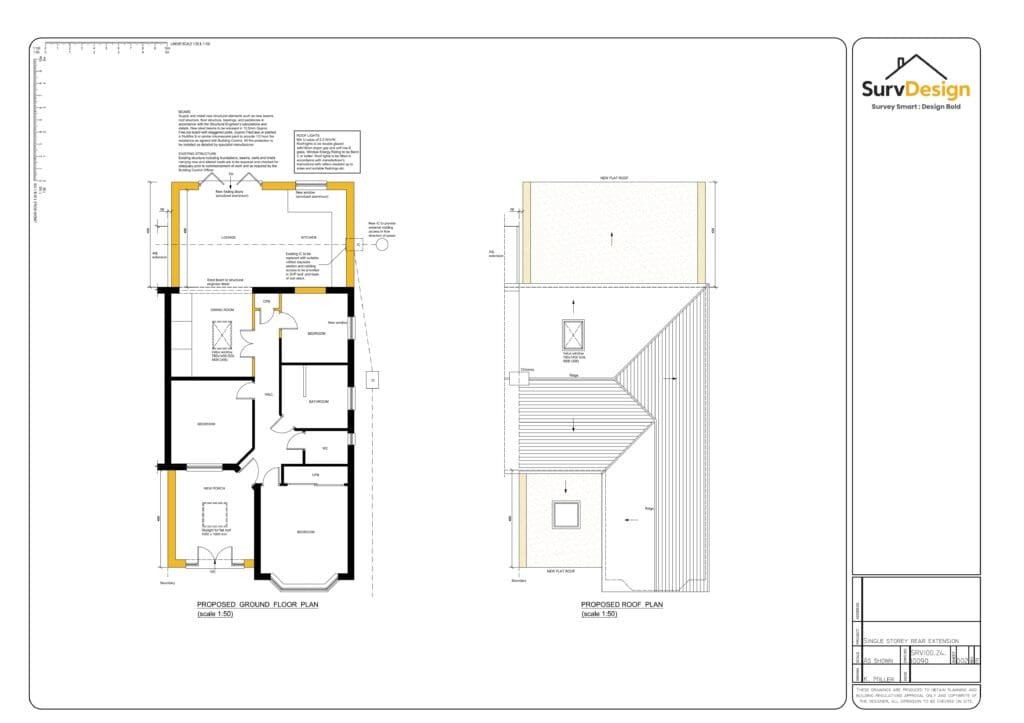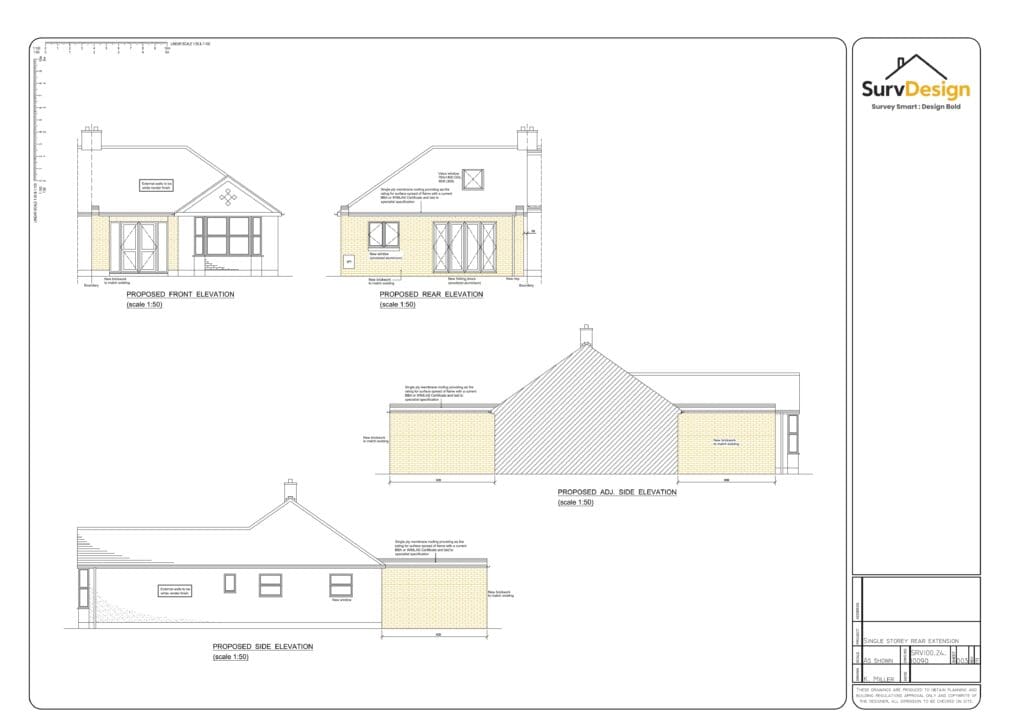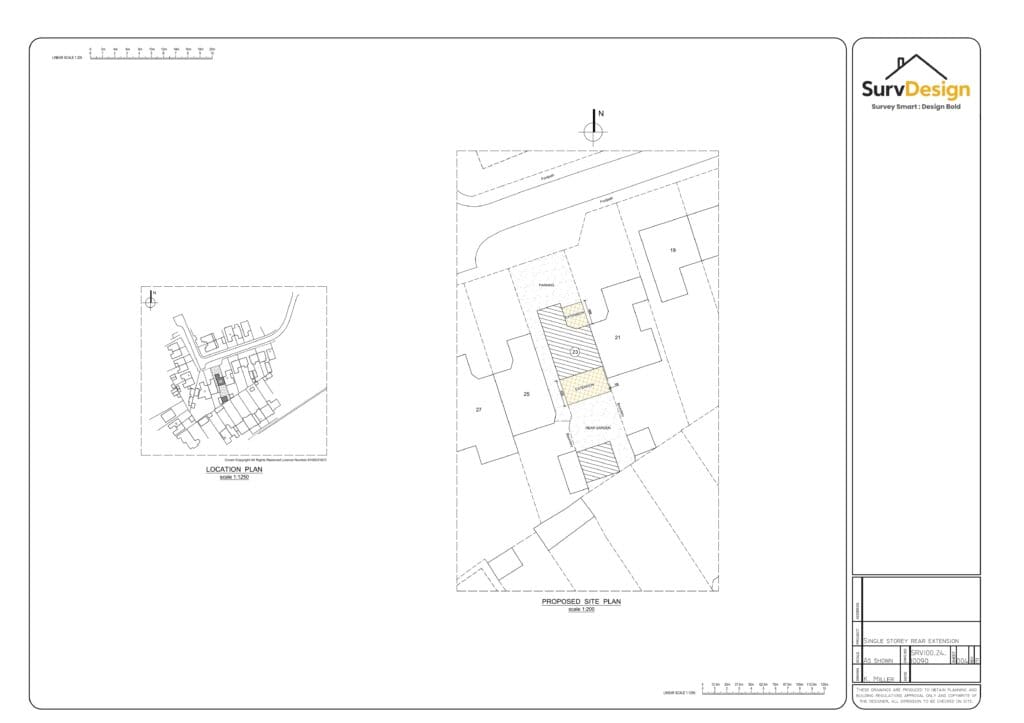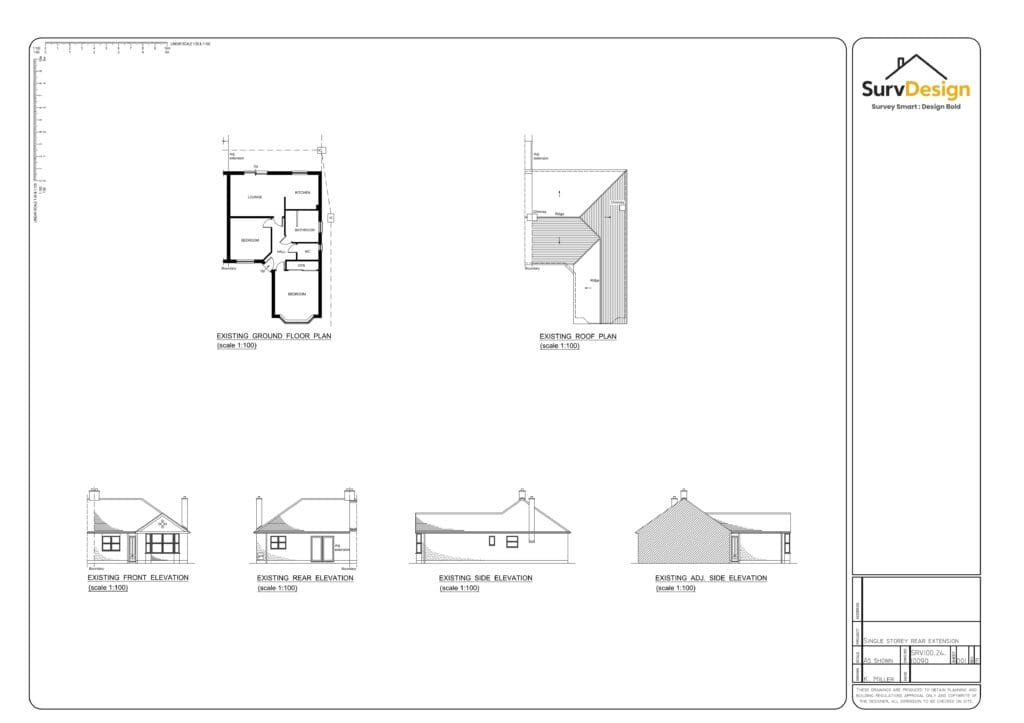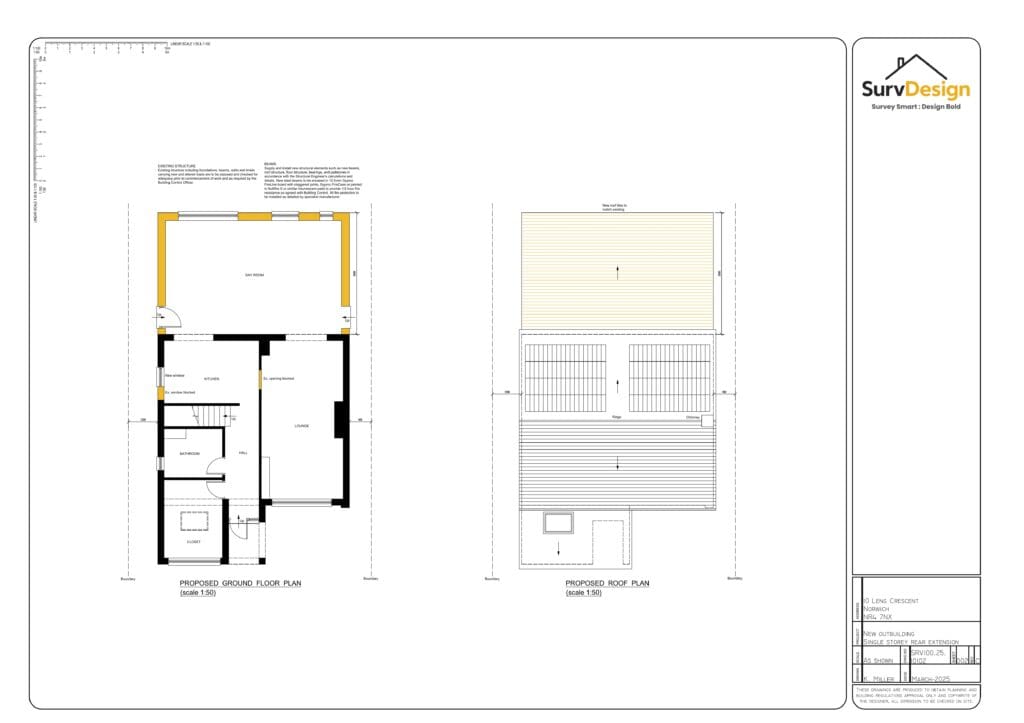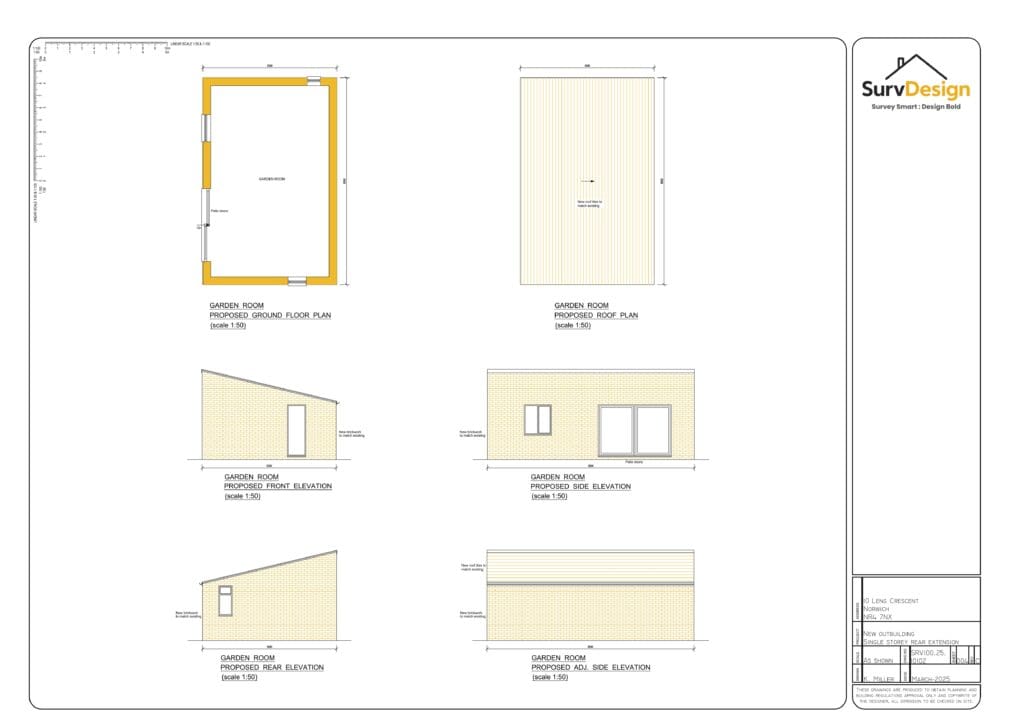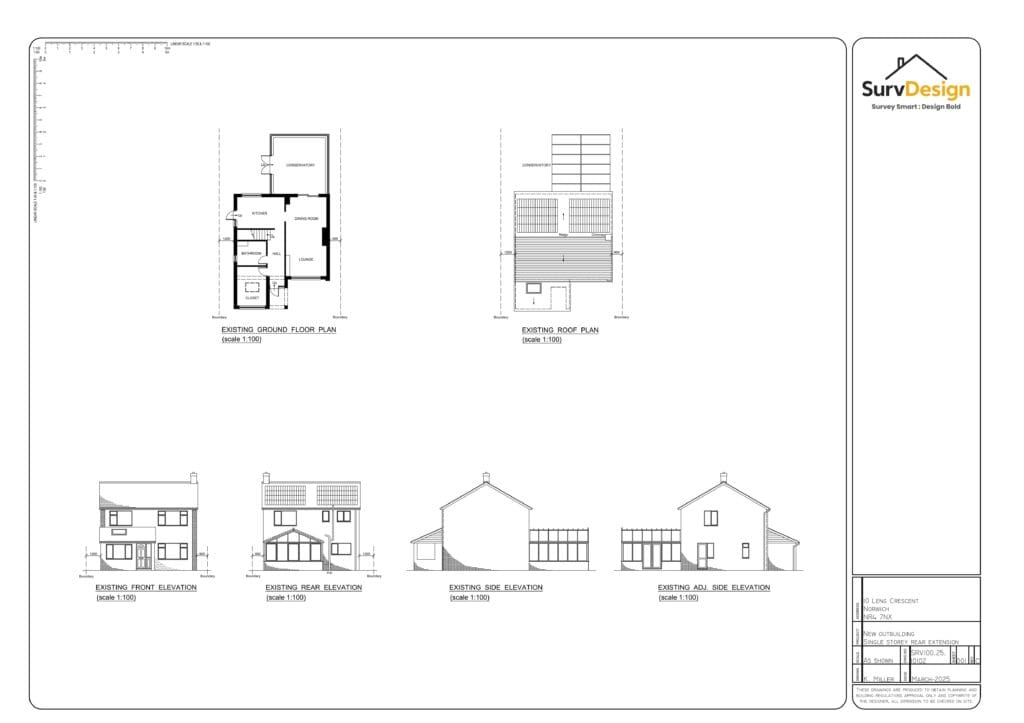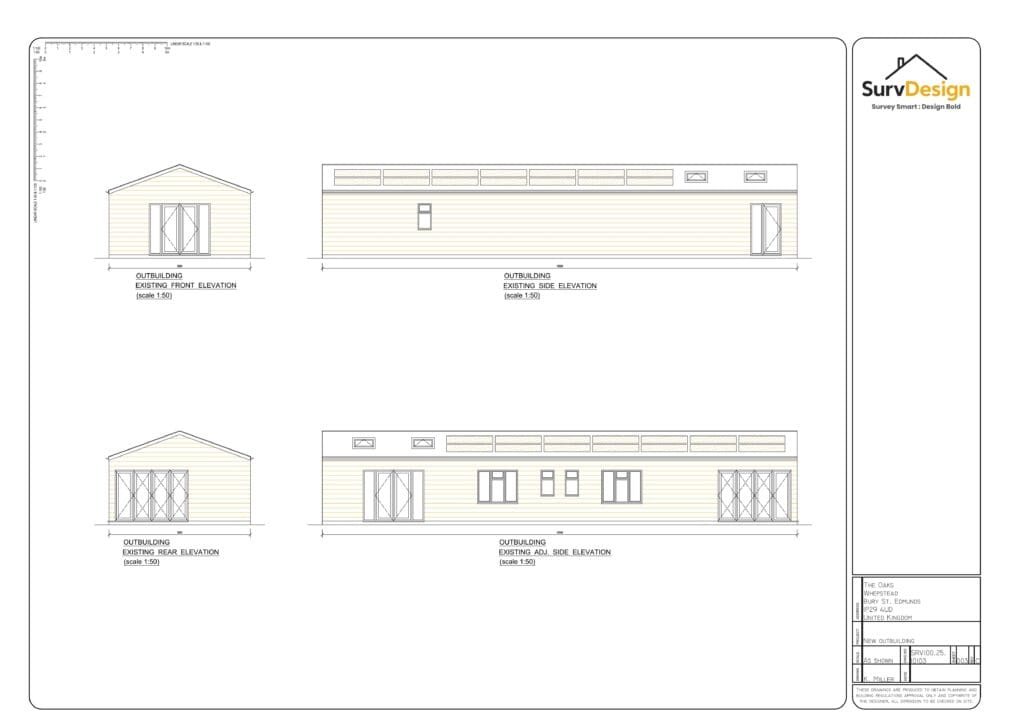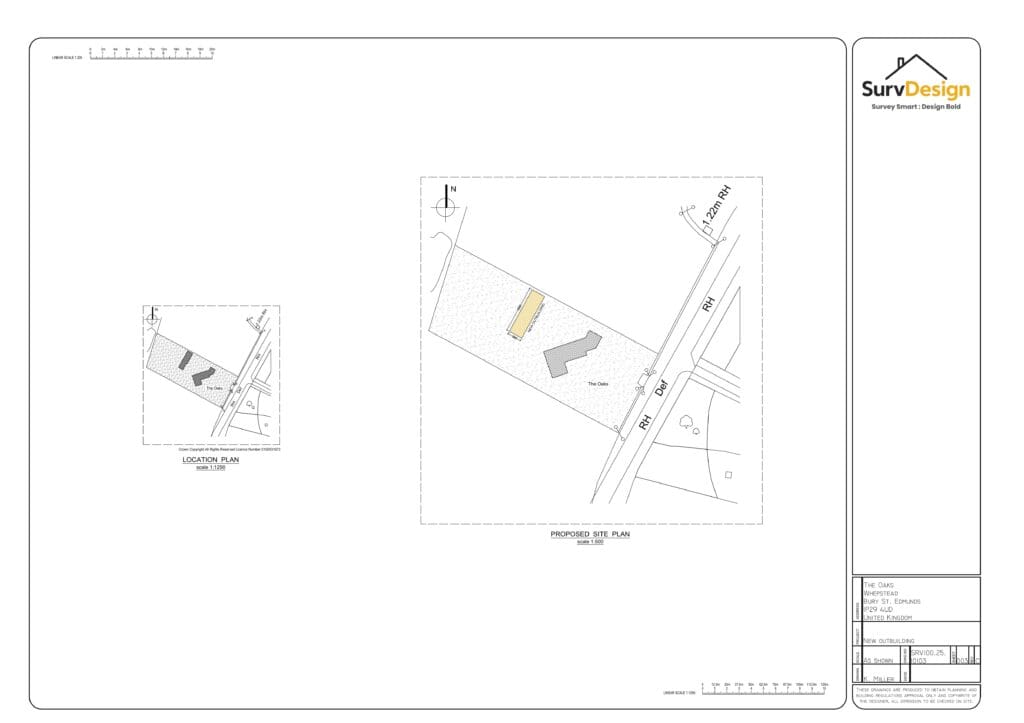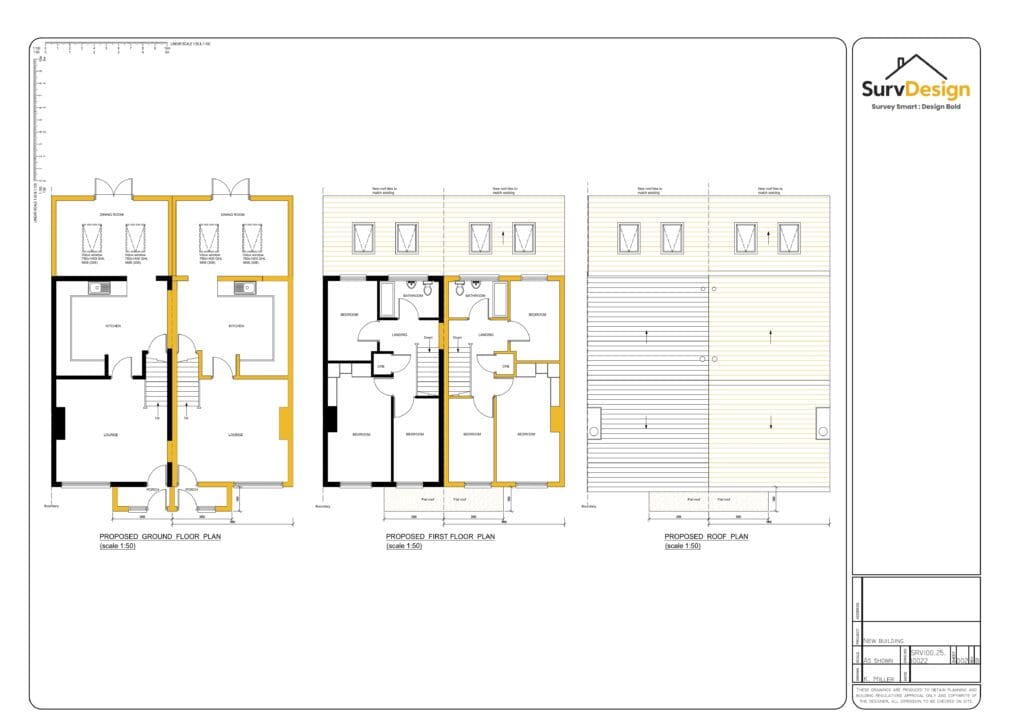
Loft Conversion Plans Essex | Architect Drawings For Loft Conversions In Essex | Planning & Building Regs
- Monday to Friday: 08:30 till 17:30
- 0800 494 7023

From Spare Loft to Living Space — Essex Loft Conversion Plans That Work
We design clear, compliant loft conversion plans for Essex homes — with all the drawings, council forms, and approvals handled for you. No hassle, just proper plans that help you build.
From Spare Loft to Living Space — Essex Loft Conversion Plans That Work
We design clear, compliant loft conversion plans for Essex homes — with all the drawings, council forms, and approvals handled for you. No hassle, just proper plans that help you build.
Craving More Space? We’ll Plan Your Essex Loft Conversion – and Handle the Paperwork
We turn your unused loft into valuable living space without the stress. From precise architectural plans to dealing with the council — we do it all, so you don’t have to.

We Make Measuring Effortless
No tape measures. No handheld lasers. We use LiDAR scanning technology — the same used in self-driving cars — to capture your home with millimetre precision. That means zero guesswork, zero stress, and a perfect foundation for your plans.
We create your Drawings
We turn your scan into ultra-precise, council-ready drawings — typically within 10 working days. The level of accuracy we provide is unrivalled by most traditional methods.
We Handle Everything Until You’re Approved
Our agents manage the entire application process — from submission to decision. We deal with the council on your behalf, so you don’t have to chase updates, respond to queries, or deal with any of the stress.
We Are Proudly Rated 5 Stars on Google
🛏️ Loft Conversion Plans That Get Approved — Designed to Maximise Your Space
We get it — converting your loft is a big step. Whether you’re thinking about a dormer, hip-to-gable, or just adding some skylights, you need plans that are accurate, compliant, and builder-friendly.
With over 30 years of experience and more than 1,000 projects completed, we specialise in creating loft conversion plans that meet all planning and building regulations requirements.
Our services include:
Planning Drawings for all types of loft conversions
Building Regulations Drawings to ensure compliance
Structural Calculations for safe and sound construction
Full Submission Handling to local councils. We offer fixed pricing with no hidden costs:
Planning Drawings: £695.00
Building Regulations Drawings: £795.00
Combined Package: £1,095.00 (includes both planning and building regs drawings)
Let’s get your loft conversion plans sorted — no fuss, just professional service.
Let’s be honest — dealing with planning drawings and council forms probably isn’t what you dreamed of when you imagined improving your home.
That’s where I come in.
I’m Kev Miller, Ive spent the last 28 years helping property owners, builders, and professionals navigate the technical side of construction.
I’ve provided architectural services, structural calculations, and land registry compliant drawings to clients across London and the Home Counties in the South East of the UK.
When you work with us, you’re not just hiring a architectural design team — you’re working with local experts who know the system, speaks the council’s language, and genuinely cares about getting your project moving forward.
This is your home. We’re just here to help you build it right.
Meet Kev Miller, Founder. Problem Solver


Let’s be honest — dealing with planning drawings and council forms probably isn’t what you dreamed of when you imagined improving your home.
That’s where I come in.
I’m Kev Miller, Ive spent the last 28 years helping property owners, builders, and professionals navigate the technical side of construction.
I’ve provided architectural services, structural calculations, and land registry compliant drawings to clients across London and the Home Counties in the South East of the UK.
When you work with us, you’re not just hiring a architectural design team — you’re working with local experts who know the system, speaks the council’s language, and genuinely cares about getting your project moving forward.
This is your home. We’re just here to help you build it right.
Meet Kev Miller, Founder. Problem Solver





